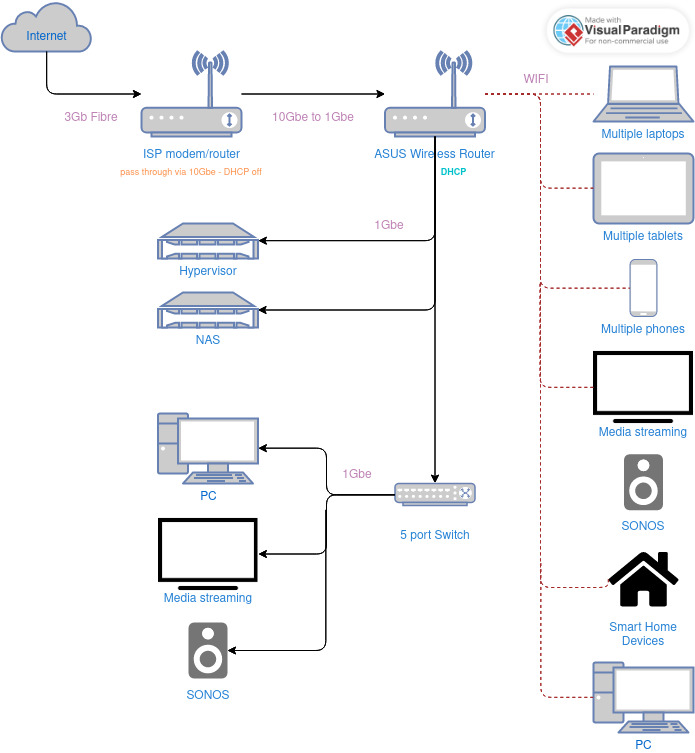
rehydrate5503
I though that was for Angeldust?
Hate to say it, but yes it is…
Jan 1, 2030 is 1,825 days away from today, Jan 2, 2025.
The first cases of COVID-19 in Wuhan were late November 2019 (about 1,870 days ago), with the first confirmed case in the US on Jan 19, 2020 (1,810 days ago).
Easily some of the best I’ve ever had. Recently visited their factory store in Amsterdam and stocked up (it is insanely expensive where I live, so it is definitely a special occasion bar).
The white chocolate with raspberry popping sugar is 🔥
Inconceivable.
Are you suggesting someone would lie? On the internet?
I mean, yeah I get your point and see it from time to time as well.
But, in my case, I have a 1080ti on EndeavourOS, another 1080ti on Nobara and a 3050 on Bazzite. Used for gaming, DaVinci Resolve, blender, stablediffusion and even streaming games to lower end machines. No issues on any of them, and anecdotally, better performance than the same gear on windows. The only thing that most recently popped up just a couple of days ago was trying to use Creality Print 5, it will seemingly not work with nvidia, but the previous version works fine.
Nice, thanks. I’m on nvidia. I was thinking about the quest simply because it is so much more affordable, and newer than the index. Only thing holding me back is I don’t have a meta account nor do I want to make one, even if it’s just for the quest.
What sort of hardware are you using (gpu and headset)? I’m thinking of picking something up soon.
Brought to you by Pervitin.
Have you tried non official jellyfin clients? I had issues with the official app on AppleTV as well, so I switched to Infuse. The free app supports most things and I think the paid gives access to additional codecs if I recall correctly. The pro upgrade isn’t too expensive and the app is sleek across Apple devices. Only issue I’ve really had is sometimes if a video is not played to the end (as in, stopped during credits) it still shows up in the continue watching, but that might be a problem on my end.
I think MXPlayer is similar on Android which might be worth checking out.
TIL “ArguingOnline” is a hobby.

